Home>Garden Essentials>Septic Wooden Box: What Low Maintenance Ground Cover To Plant
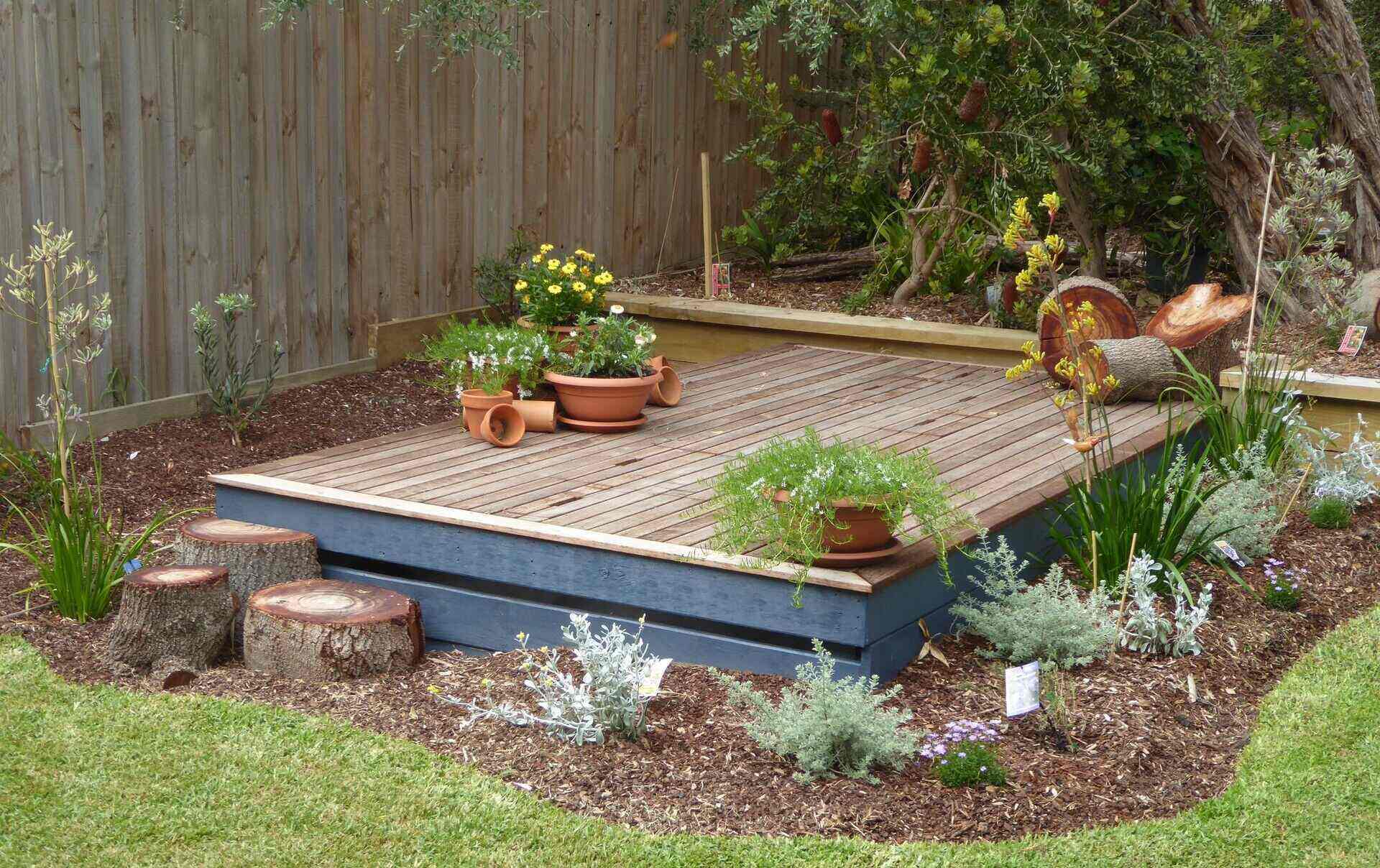

Garden Essentials
Septic Wooden Box: What Low Maintenance Ground Cover To Plant
Modified: October 20, 2024
Find out which low maintenance ground cover is ideal for your garden's septic wooden box. Discover the perfect solution for easy upkeep and beautiful landscaping.
(Many of the links in this article redirect to a specific reviewed product. Your purchase of these products through affiliate links helps to generate commission for Storables.com, at no extra cost. Learn more)
Introduction
When it comes to maintaining a septic wooden box, having the right ground cover is essential. A septic wooden box is typically used to house a septic system and is often located in the backyard or garden area. To prevent erosion, control weed growth, and enhance the aesthetic appeal of the septic wooden box, it is important to choose a low maintenance ground cover that is suitable for this specific type of environment.
Selecting the right ground cover for a septic wooden box involves considering several factors. First and foremost, the ground cover should be able to tolerate the potential dampness and occasional water runoff near the septic system. It should also be able to thrive in the varying sunlight conditions that the area may receive throughout the day. Additionally, the ground cover should be able to withstand foot traffic if the septic wooden box is located in an area that is frequently accessed.
In this article, we will explore some fantastic options for low maintenance ground cover that are perfect for septic wooden boxes. These ground covers not only require minimal care, but they also provide an attractive backdrop for your septic system.
Key Takeaways:
- Choose low maintenance ground covers like creeping thyme and sweet woodruff to beautify and protect your septic wooden box. These plants thrive in varying conditions and require minimal care.
- Ground covers like yarrow and Irish moss not only add beauty to your septic system area but also prevent erosion and suppress weed growth. Select the right low maintenance option to enhance your outdoor space.
Read more: What To Plant For Ground Cover Under Trees
Choosing the Right Low Maintenance Ground Cover
When selecting a low maintenance ground cover for your septic wooden box, there are a few key factors to consider. These factors will help ensure that you choose the right ground cover that can thrive in the specific conditions near your septic system:
- Moisture Tolerance: Since a septic wooden box can be prone to dampness and occasional water runoff, it is important to choose a ground cover that can tolerate these conditions without rotting or developing fungal diseases.
- Light Requirements: Consider the amount of sunlight the area receives throughout the day. Some ground covers prefer full sun, while others thrive in partial shade. Choose a ground cover that aligns with the sunlight conditions near your septic system.
- Durability: If the septic wooden box is located in an area that is frequently accessed or subjected to foot traffic, select a ground cover that is resilient and can withstand the pressure without getting damaged.
- Weed Suppression: Opt for ground covers that can effectively suppress weed growth. This will reduce the amount of maintenance required and keep the area around the septic wooden box looking neat and tidy.
- Aesthetic Appeal: While low maintenance is a priority, it doesn’t mean compromising on aesthetics. Choose ground covers that add beauty and enhance the overall appeal of your septic wooden box.
By considering these factors, you will be able to choose a low maintenance ground cover that suits the unique needs of your septic wooden box. Now, let’s explore some excellent options that meet these criteria and are ideal for septic systems.
Options for Low Maintenance Ground Cover for Septic Wooden Boxes
When it comes to selecting a low maintenance ground cover for your septic wooden box, there are several options that are both resilient and visually appealing. Let’s take a look at some of the top choices:
- Creeping Thyme: Creeping thyme is a popular choice for its fragrance and beautiful purple flowers. It is highly tolerant of drought conditions and requires minimal maintenance. This ground cover forms a dense mat, suppressing weed growth and providing a lovely carpet-like appearance.
- Sweet Woodruff: Sweet woodruff is a low-growing ground cover that thrives in shaded areas. It has delicate white flowers and emits a pleasant fragrance. Sweet woodruff is known for its ability to withstand moisture and is an excellent option for areas near septic wooden boxes that receive limited sunlight.
- Corsican Mint: Corsican mint is a fragrant ground cover that releases a refreshing minty scent when stepped on. It thrives in moist conditions and can tolerate light foot traffic. With its tiny, dainty leaves, Corsican mint creates a vibrant green carpet-like appearance.
- Yarrow: Yarrow is a hardy perennial that is highly resistant to drought and can tolerate varying sunlight conditions. It produces clusters of colorful flowers in shades of white, yellow, and pink. Yarrow is known for its ability to stabilize soil and prevent erosion, making it a great option for septic wooden boxes located on slopes.
- Irish Moss: Irish moss, also known as pearlwort, is a low-growing ground cover that forms a dense mat of tiny, vibrant green leaves. It can tolerate both sun and shade, and its delicate white flowers add a touch of elegance to the area. Irish moss is an excellent choice for septic wooden boxes that require a lush and vibrant ground cover.
- Mazus Reptans: Mazus reptans is a creeping perennial that offers beautiful blue or purple flowers. It prefers moist soil conditions and partial shade. This ground cover spreads quickly and creates a stunning carpet-like effect, making it an attractive choice for septic wooden boxes.
- White Clover: White clover is a tough ground cover that can tolerate a wide range of conditions, including wet soil and partial shade. It has attractive white flowers and is known for its ability to fix nitrogen, enriching the soil around it. White clover is an excellent choice for septic wooden boxes located in areas with poor soil quality.
- Blue Star Creeper: Blue star creeper is a low-growing ground cover that produces tiny, star-shaped blue flowers. It prefers moist soil and partial shade. Blue star creeper forms a dense carpet-like mat that can tolerate light foot traffic, making it a great option for septic wooden boxes in frequently accessed areas.
By selecting one of these low maintenance ground cover options, you can add beauty, prevent erosion, and minimize weed growth around your septic wooden box. Choose the ground cover that best matches the specific conditions and aesthetic preferences of your septic system.
Creeping Thyme
Creeping thyme, also known as Thymus serpyllum, is a versatile and low maintenance ground cover option that is perfect for septic wooden boxes. This herbaceous perennial is known for its fragrant foliage and beautiful purple flowers, which attract pollinators like bees and butterflies.
One of the key advantages of creeping thyme is its ability to thrive in dry conditions, making it perfect for areas with limited irrigation or where water runoff from the septic system is common. It is highly drought-tolerant and can withstand hot and dry summers without much supplemental water.
Creeping thyme forms a dense, low-growing mat of foliage, which helps to prevent weed growth and reduce erosion around the septic wooden box. Its spreading nature allows it to quickly cover the soil surface, providing an attractive carpet-like appearance.
In terms of sunlight requirements, creeping thyme prefers full sun but can also tolerate partial shade. If your septic wooden box is located in an area with moderate shade, creeping thyme can still thrive and add a pop of color with its vibrant flowers.
Maintenance-wise, creeping thyme is a low-demand ground cover. It requires minimal pruning, usually limited to removing any dead or damaged foliage. However, it is important to note that creeping thyme is not tolerant of heavy foot traffic. If your septic wooden box is located in an area with regular foot traffic, it’s best to provide a path or stepping stones to protect the delicate foliage.
Overall, creeping thyme is an excellent choice for a low maintenance ground cover for septic wooden boxes. With its drought tolerance, attractive foliage, and vibrant flowers, it not only adds visual appeal but also helps to control weeds and prevent erosion in the surrounding area.
Sweet Woodruff
Sweet Woodruff, also known as Galium odoratum, is a fantastic option for a low maintenance ground cover for septic wooden boxes. This charming perennial plant is well-known for its delicate, star-shaped white flowers and its sweet, hay-like fragrance.
One of the standout features of Sweet Woodruff is its adaptability to shade. If your septic wooden box is located in an area with limited sunlight, perhaps under a tree or near a fence, Sweet Woodruff will thrive in these conditions. It prefers partial to full shade and can tolerate moist soil, making it an ideal choice for areas near septic systems where moisture may be present.
Sweet Woodruff forms a low-growing carpet-like mat of bright green leaves, adding a touch of elegance and beauty to the surrounding area. Its spreading habit helps to suppress weed growth and prevent erosion around the septic wooden box, reducing the need for frequent maintenance.
When it comes to care, Sweet Woodruff is relatively low maintenance. It requires minimal pruning and doesn’t require regular watering once established. This resilient ground cover is also deer-resistant, making it an excellent choice if you have wildlife in the area.
It’s important to note that Sweet Woodruff can spread rapidly, so it’s advisable to keep an eye on its growth and trim it back if necessary. However, its ability to spread quickly also makes it an excellent option for covering large areas around the septic wooden box.
In addition to its visual appeal and low maintenance nature, Sweet Woodruff has a long-standing history of being used in traditional herbal remedies. It has been used for its potential medicinal properties, including as a mild sedative and for improving circulation.
Overall, Sweet Woodruff is a charming and low maintenance ground cover option for septic wooden boxes. Its adaptability to shade, fragrance, and spreading habit make it an excellent choice for areas with limited sunlight and moisture. Enhance the beauty of your septic system with this delightful ground cover.
Read more: What Is A Good Ground Cover Plant For Shade
Corsican Mint
If you are looking for a unique and fragrant low maintenance ground cover for your septic wooden box, Corsican Mint (Mentha requienii) is an excellent choice. This delightful perennial herb is known for its vibrant green leaves and refreshing minty scent.
Corsican Mint thrives in moist soil conditions, making it a perfect option for areas near septic systems where dampness may occur. It can tolerate light foot traffic, making it suitable for septic wooden boxes located in areas that are frequently accessed.
One of the standout features of Corsican Mint is its low growth habit. It forms a dense carpet-like mat of tiny leaves, creating a visually appealing ground cover. The compact nature of Corsican Mint helps to suppress weed growth, reducing the need for frequent maintenance and ensuring that the area around the septic wooden box remains neat and tidy.
Another charming aspect of Corsican Mint is its aroma. When stepped on or brushed against, the leaves release a pleasant minty fragrance, adding an extra sensory experience to your garden or outdoor space.
In terms of sunlight requirements, Corsican Mint prefers partial shade to full sun. It can tolerate moderate shade, but too much shade may cause the plant to lose its dense growth habit and have a more sprawling appearance.
Maintenance-wise, Corsican Mint is relatively low demand. It doesn’t require regular watering once established and is not prone to pests or diseases. However, it’s important to keep an eye on its growth and trim it back if necessary to prevent it from spreading too far. Regular pruning will help maintain its compact form and prevent it from becoming invasive.
Whether you decide to plant Corsican Mint near your septic wooden box or in other parts of your garden, it will add beauty, fragrance, and low maintenance charm to your outdoor space.
In summary, Corsican Mint is an excellent choice for a low maintenance ground cover for septic wooden boxes. Its ability to thrive in moist conditions, compact growth habit, refreshing aroma, and attractive appearance make it a standout option for enhancing the aesthetics of your septic system while requiring minimal effort to maintain.
Consider planting low maintenance ground covers such as creeping thyme, sedum, or moss around your septic wooden box. These plants require little water and can help prevent erosion while adding visual appeal.
Yarrow
Yarrow, scientifically known as Achillea, is a versatile and hardy perennial that makes an excellent low maintenance ground cover for septic wooden boxes. This herbaceous plant is known for its lacy foliage and beautiful clusters of flowers that come in shades of white, yellow, pink, and red.
One of the notable characteristics of Yarrow is its ability to thrive in various soil and light conditions. It can tolerate both dry and moist soil, making it suitable for areas near septic systems where moisture levels can fluctuate. Yarrow is also adaptable to different light levels, ranging from full sun to partial shade.
When it comes to maintenance, Yarrow is relatively low demand. It is highly resistant to drought and requires minimal watering once established. This makes it an excellent choice for septic wooden boxes in areas with limited irrigation or where water runoff from the septic system is common.
In addition to its low maintenance nature, Yarrow has the added benefit of stabilizing soil and preventing erosion. Its extensive root system helps to hold the soil together, making it an ideal ground cover choice for septic wooden boxes located on slopes or areas prone to erosion.
Yarrow is also known to attract pollinators, such as bees and butterflies, with its brightly colored flowers. This can contribute to the overall biodiversity and ecosystem health in your garden or outdoor space.
It’s important to note that Yarrow can spread quite vigorously, so it may require occasional pruning or division to control its growth. However, its ability to fill in large areas quickly makes it an excellent choice for covering the space around your septic wooden box.
Overall, Yarrow is a versatile and low maintenance ground cover option for septic wooden boxes. With its ability to tolerate varying soil and light conditions, prevent erosion, and attract pollinators, Yarrow adds both beauty and functionality to your septic system area with minimal effort required for upkeep.
Irish Moss
Irish Moss, also known as Sagina subulata, is a charming and low maintenance ground cover option that is perfect for septic wooden boxes. Despite its name, it’s not actually a type of moss but a small, mat-forming perennial plant with tiny leaves.
What sets Irish Moss apart is its vibrant green color and its ability to create a lush, carpet-like appearance. This ground cover forms a dense mat of foliage, making it an excellent choice for areas around septic wooden boxes where erosion may be a concern.
Irish Moss is quite versatile when it comes to its sunlight requirements. It can tolerate both full sun and partial shade. If your septic wooden box receives a mix of sun and shade throughout the day, Irish Moss can adapt to these changing light conditions.
In terms of moisture tolerance, Irish Moss prefers moist soil but has good drought tolerance once established. It’s important to keep the soil slightly moist, especially during hot and dry periods. However, excessive moisture or poor drainage can lead to root rot, so it’s essential to ensure proper drainage around your septic system.
Maintenance-wise, Irish Moss is relatively low demand. It doesn’t require frequent watering once it’s established, and it generally doesn’t need pruning. However, if any dead or damaged parts are noticed, they can be trimmed to maintain its attractive appearance.
As with other ground covers, Irish Moss can spread and fill the area quickly. If you want to keep it contained, occasional trimming or edging may be necessary. However, the ability of Irish Moss to rapidly cover the ground makes it an excellent choice for septic wooden boxes that require a lush and vibrant look.
Irish Moss not only adds visual appeal to the surroundings but also helps to suppress weeds, reducing the need for regular maintenance. Its dense mat of foliage provides a natural weed barrier, keeping the area around your septic wooden box looking neat and tidy.
In summary, Irish Moss is a beautiful and low maintenance ground cover option for septic wooden boxes. Its vibrant green color, ability to suppress weeds, and adaptability to varying sunlight conditions make it a fantastic choice for enhancing the aesthetics and functionality of your septic system with minimal effort required for upkeep.
Mazus Reptans
Mazus Reptans, commonly known as Mazus, is a versatile and low maintenance ground cover option that is perfect for septic wooden boxes. This perennial plant is native to parts of Asia and is known for its vibrant flowers and spreading habit.
Mazus Reptans thrives in moist soil conditions, making it an excellent choice for areas near septic systems where moisture may be present. It can tolerate light foot traffic, making it suitable for septic wooden boxes located in areas that are frequently accessed.
One of the standout features of Mazus Reptans is its stunning flowers. From late spring to early summer, Mazus produces clusters of small, trumpet-shaped flowers in shades of blue, purple, or white. These flowers add a delightful burst of color to the surrounding area, making your septic system area visually appealing.
Maintenance-wise, Mazus Reptans is relatively low demand. It requires regular watering during dry periods, especially when it’s establishing itself. However, once established, it can tolerate moderate drought. Regular pruning is not necessary, but you can trim back any overgrown or straggly parts to maintain its attractive appearance.
Your septic wooden box should receive partial to full sun for Mazus Reptans to thrive. It can tolerate some shade, but full shade may cause it to become leggy or cease flowering. It’s important to provide it with the right amount of sunlight for optimal growth and blooms.
Mazus Reptans has a spreading habit, quickly forming a dense carpet-like mat of foliage. This characteristic allows it to suppress weed growth and prevent erosion around the septic wooden box, reducing the need for frequent maintenance and ensuring that the area remains tidy and visually appealing.
Overall, Mazus Reptans is an excellent choice for a low maintenance ground cover for septic wooden boxes. Its ability to thrive in moist conditions, stunning flower display, and spreading habit make it an attractive and functional addition to your septic system area without requiring excessive effort to maintain.
Read more: Where To Plant Ground Cover Daylilies
White Clover
White Clover, known as Trifolium repens, is a versatile and low maintenance ground cover option that is perfect for septic wooden boxes. This perennial plant is well-known for its small white flowers and its ability to enrich the soil with nitrogen.
One of the standout features of White Clover is its ability to thrive in various soil conditions, making it a great choice for areas near septic systems where the soil quality may be poor. It has the unique ability to fix nitrogen in the soil, which helps to improve its fertility and benefit other plants in the area.
White Clover is extremely adaptable when it comes to sunlight requirements. It can tolerate full sun to partial shade, making it suitable for septic wooden boxes located in areas with varying light conditions. However, it may struggle in areas of deep shade.
In terms of maintenance, White Clover is relatively low demand. Once established, it is quite drought-tolerant and doesn’t require regular watering. It’s important to note that White Clover spreads by runners, allowing it to cover the area quickly and prevent weed growth.
When it comes to aesthetics, White Clover forms a lush mat of trifoliate leaves, creating a beautiful carpet-like appearance. Its tiny white flowers attract pollinators like bees and butterflies, contributing to the overall biodiversity and ecosystem health in your garden or outdoor space.
It’s important to keep in mind that White Clover can be invasive in some regions, so it’s advisable to monitor its growth and trim it back if necessary. However, its vigorous spreading habit makes it an excellent choice for covering large areas around your septic wooden box.
Overall, White Clover is a versatile and low maintenance ground cover option for septic wooden boxes. Its ability to improve the soil quality, adaptability to various light conditions, and aesthetically pleasing appearance make it a standout choice for enhancing the functionality and beauty of your septic system area with minimal effort required for upkeep.
Blue Star Creeper
Blue Star Creeper, scientifically known as Pratia pedunculata, is a lovely low maintenance ground cover that is perfect for septic wooden boxes. This perennial plant is native to New Zealand and is well-known for its delicate blue flowers and rapid spreading habit.
Blue Star Creeper thrives in moist soil conditions, making it an excellent choice for areas near septic systems where moisture may be present. It can tolerate light foot traffic, making it suitable for septic wooden boxes located in areas that are frequently accessed.
One of the standout features of Blue Star Creeper is its stunning blue flowers, which appear in abundance from spring to summer. These dainty flowers create a beautiful carpet-like effect, adding a pop of color to the surrounding area and enhancing the overall aesthetic appeal of your septic system area.
In terms of maintenance, Blue Star Creeper is relatively low demand. It requires regular watering, especially during dry periods. Once established, it can tolerate moderate drought. Pruning is not necessary, but you can trim back any overgrown parts to maintain its attractive appearance.
Your septic wooden box should receive full sun to partial shade for Blue Star Creeper to thrive. It can tolerate some shade, but too much shade may cause it to become leggy or have reduced flowering. Providing it with the right amount of sunlight will ensure optimal growth and blooms.
Blue Star Creeper has a spreading habit, forming a dense carpet-like mat of foliage. This characteristic allows it to suppress weed growth and prevent erosion around the septic wooden box, reducing the need for frequent maintenance and ensuring that the area remains tidy and visually appealing.
It’s important to note that Blue Star Creeper can be invasive in some regions, so it’s advisable to monitor its growth and trim it back if necessary. However, its fast-spreading nature makes it an excellent choice for covering large areas around your septic wooden box quickly.
In summary, Blue Star Creeper is a stunning and low maintenance ground cover option for septic wooden boxes. Its ability to thrive in moist conditions, vibrant blue flowers, spreading habit, and adaptability to varying light conditions make it a beautiful and functional addition to your septic system area without requiring excessive effort to maintain.
Conclusion
Choosing the right low maintenance ground cover for your septic wooden box is essential for maintaining the aesthetics and functionality of your outdoor space. With the right ground cover, you can prevent erosion, control weed growth, and enhance the overall appeal of your septic system area.
In this article, we explored some fantastic options for low maintenance ground covers that are perfect for septic wooden boxes. Each of these ground covers offers unique characteristics and benefits, catering to different soil conditions, sunlight requirements, and aesthetic preferences.
Creeping Thyme is an excellent choice for its drought tolerance, beautiful purple flowers, and fragrance. Sweet Woodruff thrives in shaded areas and emits a lovely scent while handling moisture well. Corsican Mint provides a refreshing minty aroma when stepped on and is adaptable to moist conditions.
Yarrow is a hardy perennial that can stabilize soil on slopes, while Irish Moss creates lush, green carpets and suppresses weed growth. Mazus Reptans offers stunning flowers and thrives in moist conditions, while White Clover enriches the soil with nitrogen and enhances overall biodiversity.
Lastly, Blue Star Creeper forms a beautiful carpet-like effect with its delicate blue flowers and spreads rapidly to reduce maintenance needs. Each of these ground covers offers low maintenance requirements and contributes to the visual appeal of your septic wooden box.
When choosing a ground cover, consider factors such as moisture tolerance, light requirements, durability, weed suppression, and aesthetic appeal. By considering these aspects, you can select a ground cover that thrives in the specific conditions near your septic system and enhances its overall beauty.
Remember to monitor the growth of your chosen ground cover and trim or maintain it as needed to prevent it from becoming invasive or overwhelming the area.
In conclusion, with the right low maintenance ground cover, you can create a visually appealing and functional environment around your septic wooden box while minimizing the need for frequent maintenance. Enjoy the beauty and benefits of these ground covers as they enhance your outdoor space and contribute to a healthy and thriving septic system area.
Frequently Asked Questions about Septic Wooden Box: What Low Maintenance Ground Cover To Plant
Was this page helpful?
At Storables.com, we guarantee accurate and reliable information. Our content, validated by Expert Board Contributors, is crafted following stringent Editorial Policies. We're committed to providing you with well-researched, expert-backed insights for all your informational needs.
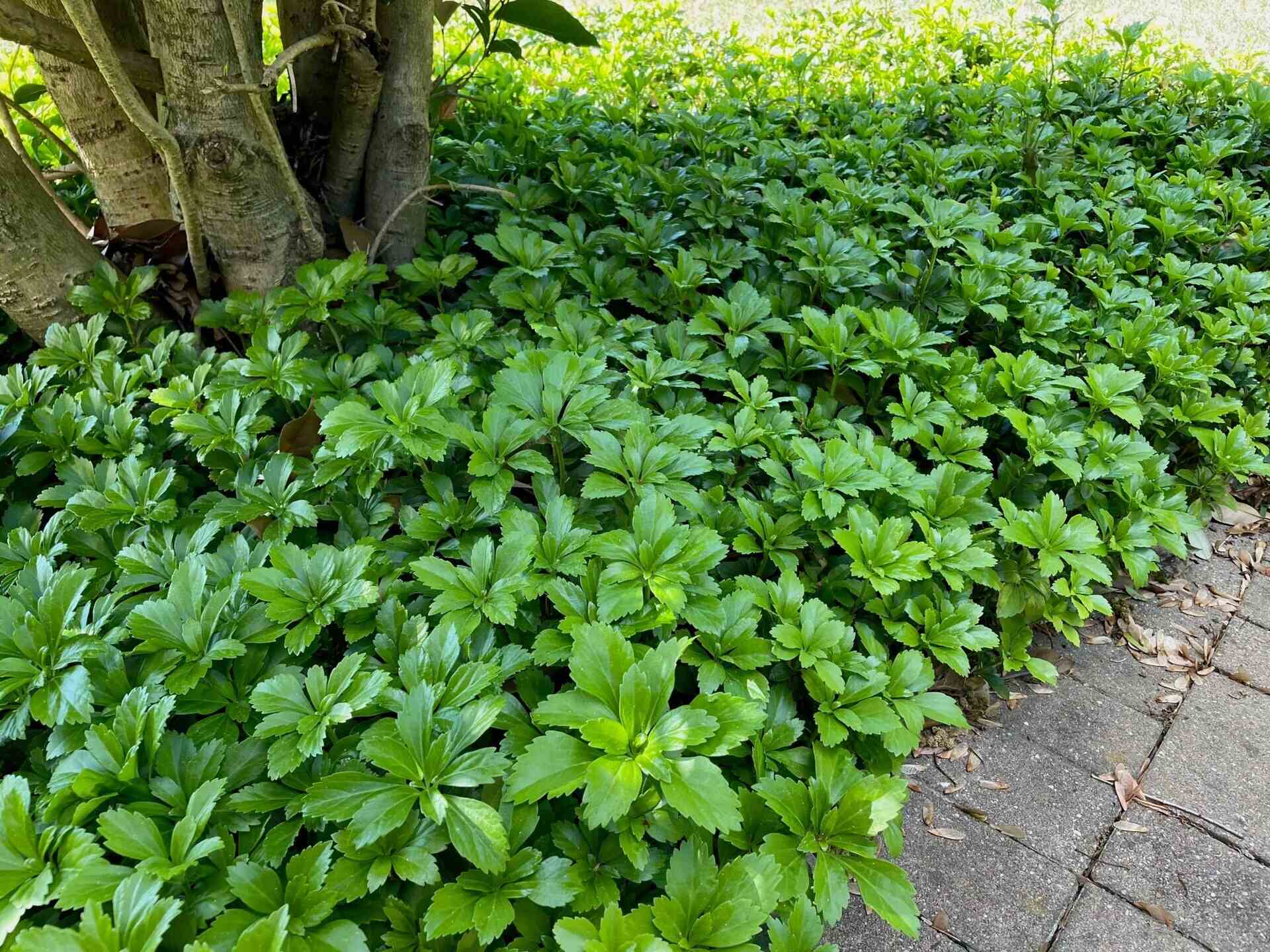
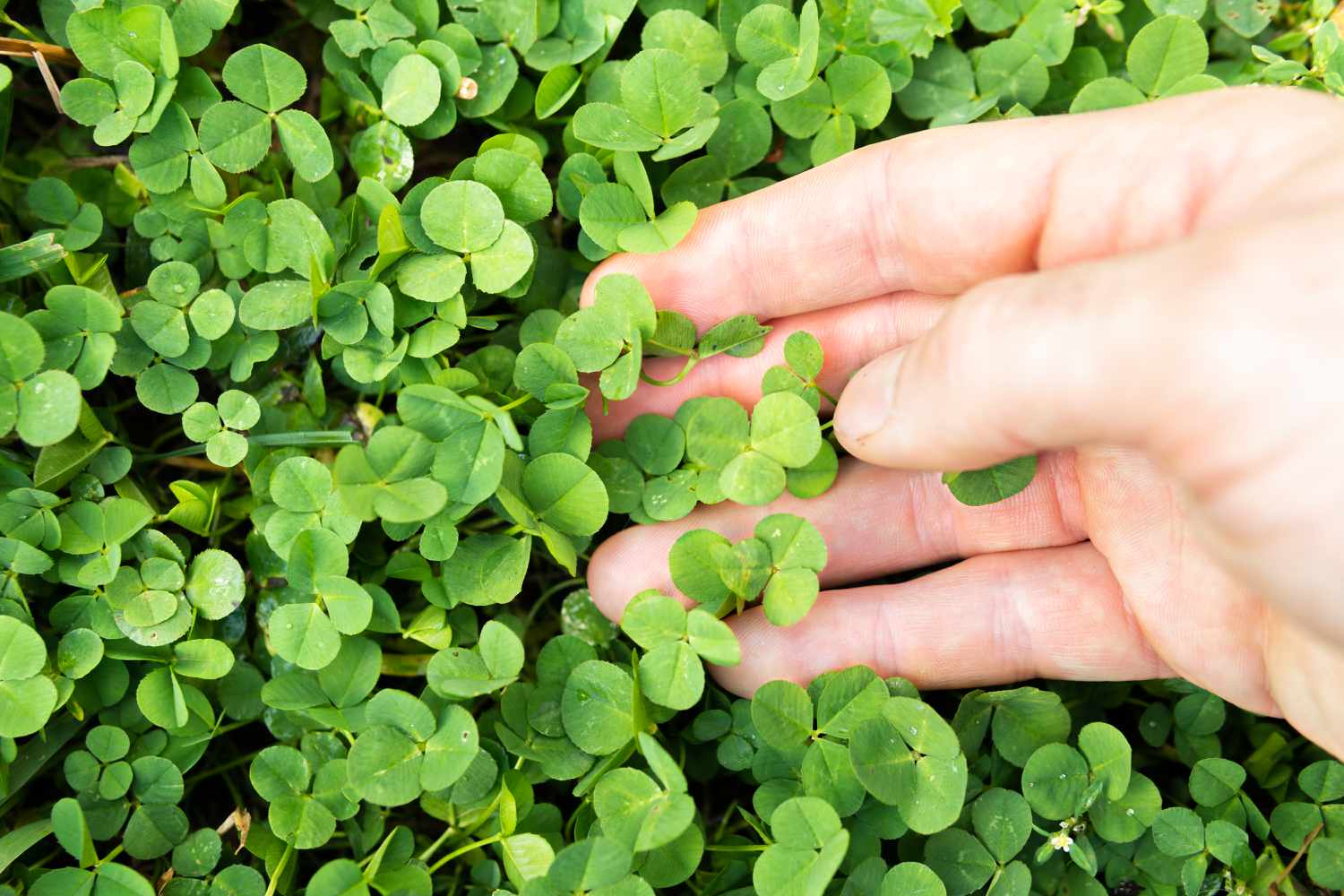
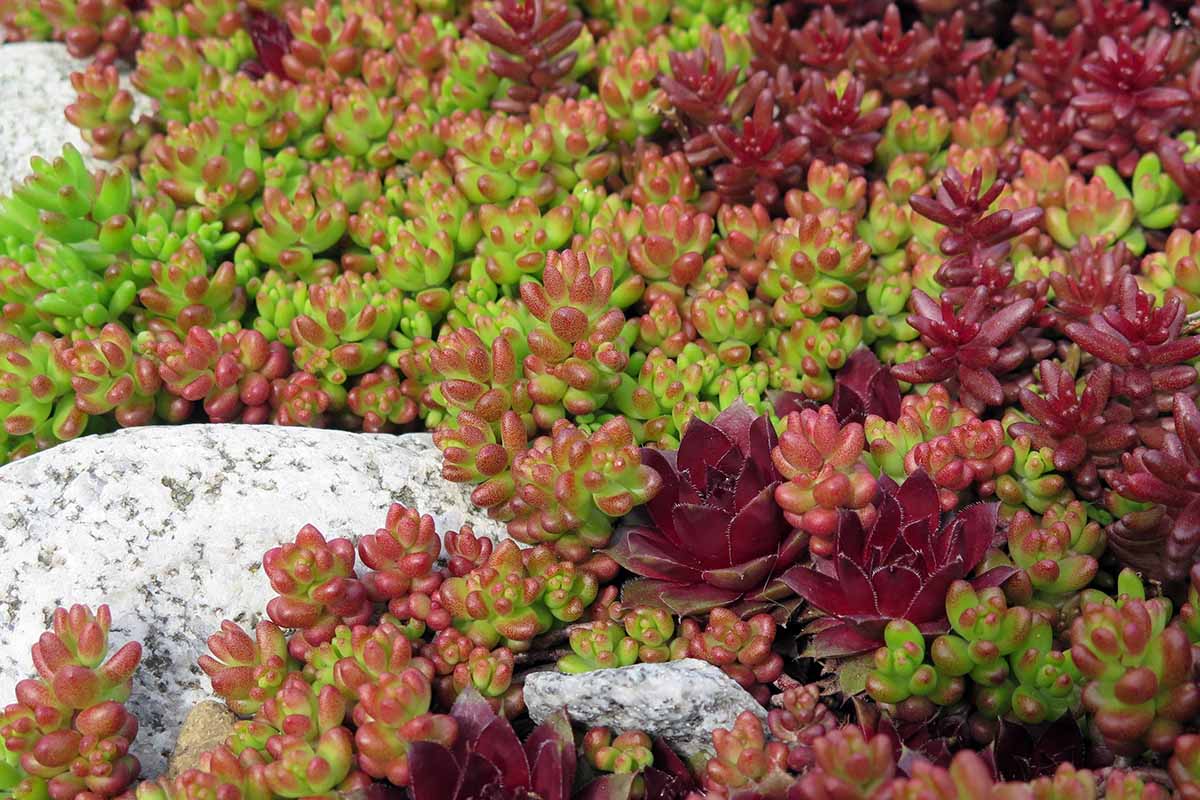
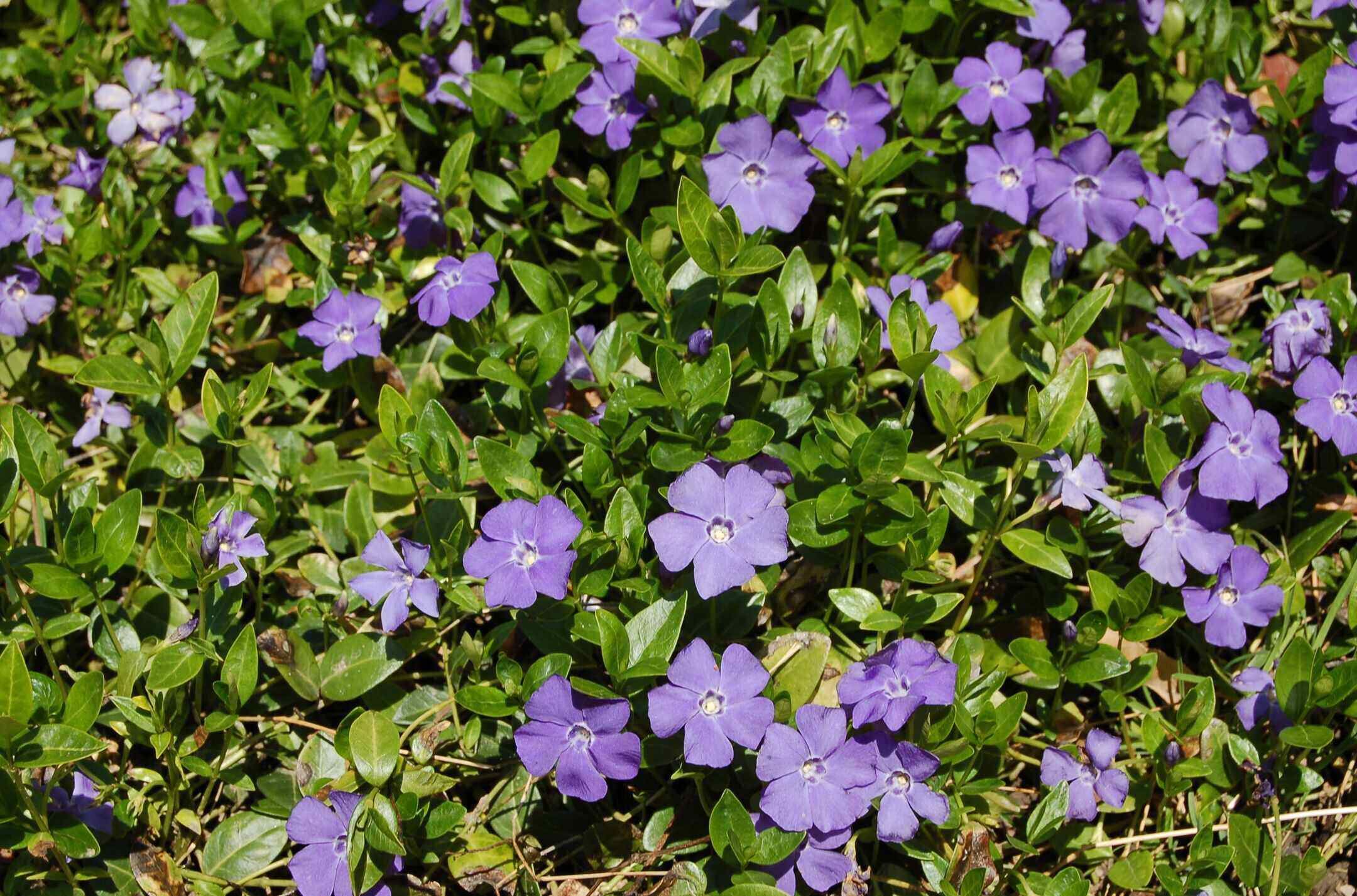
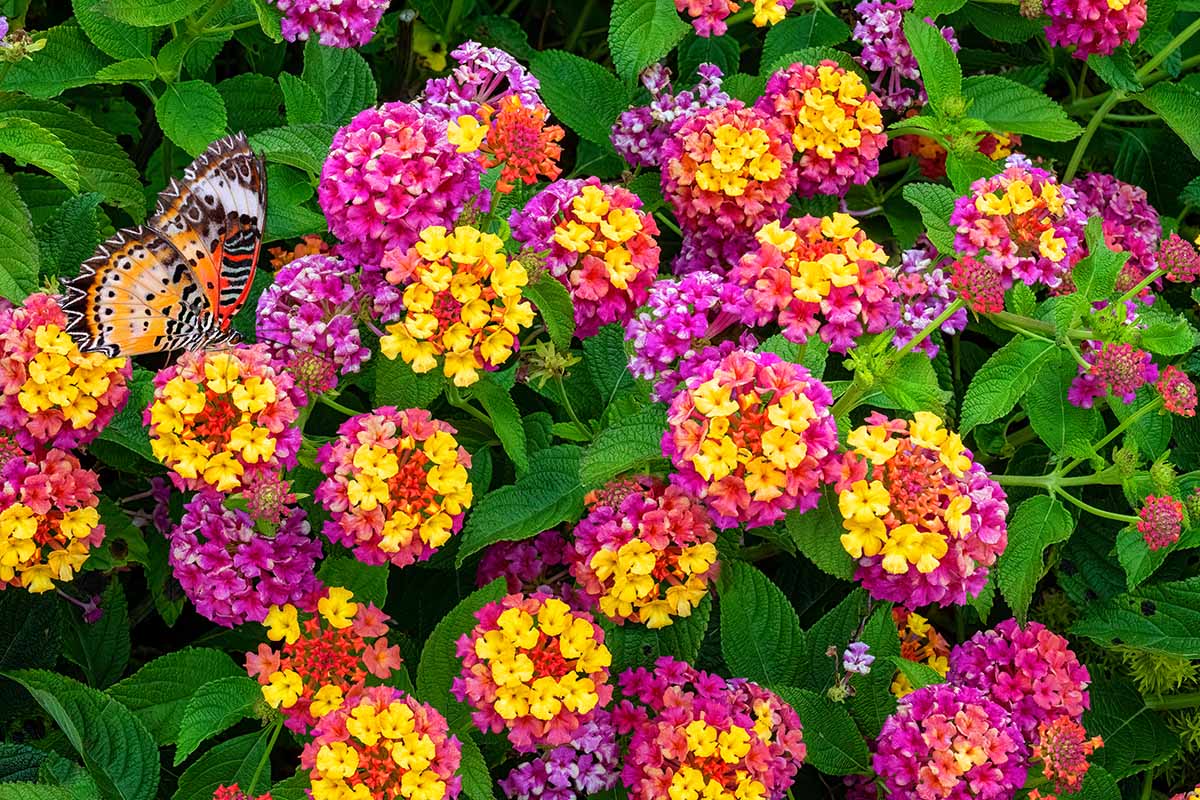
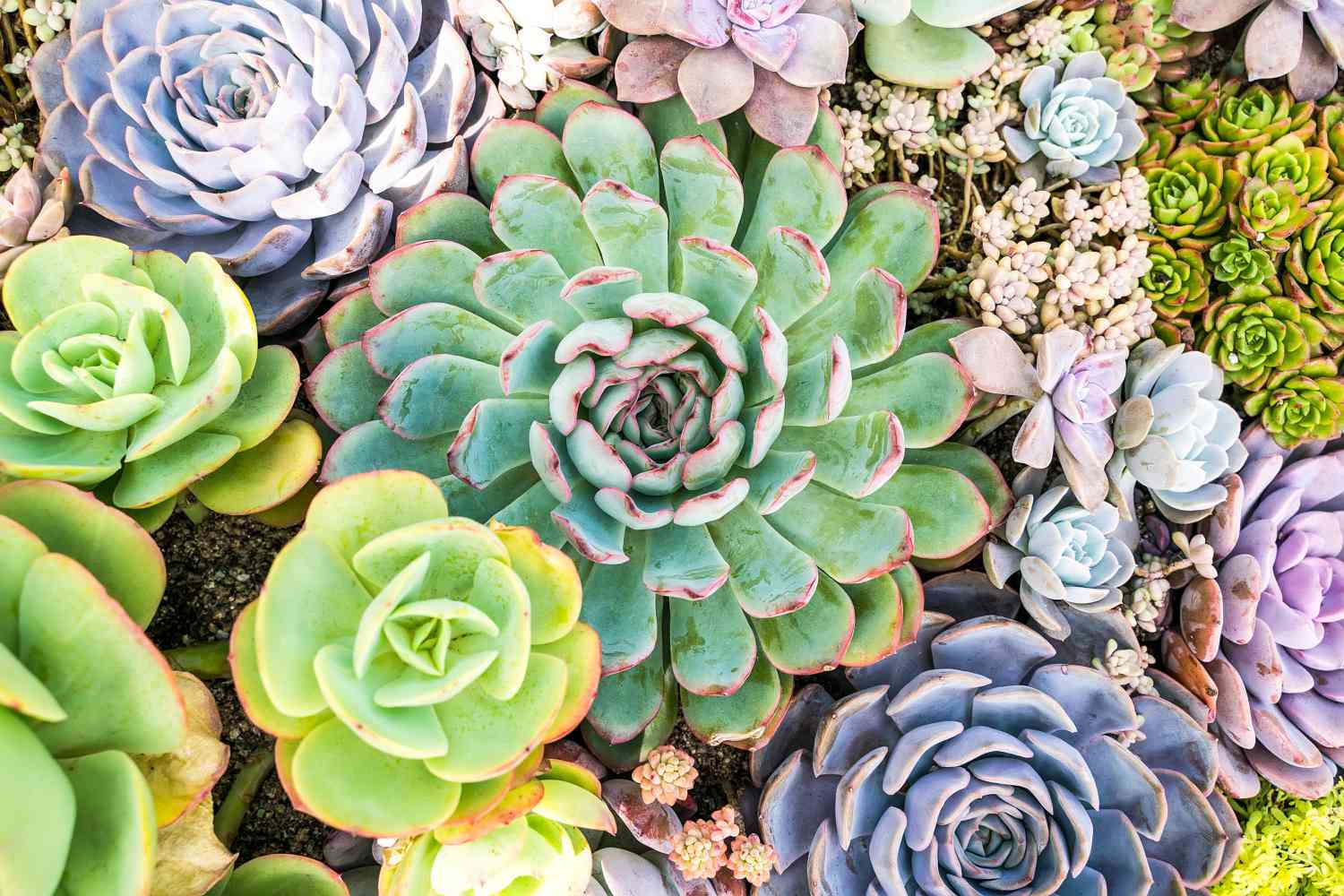
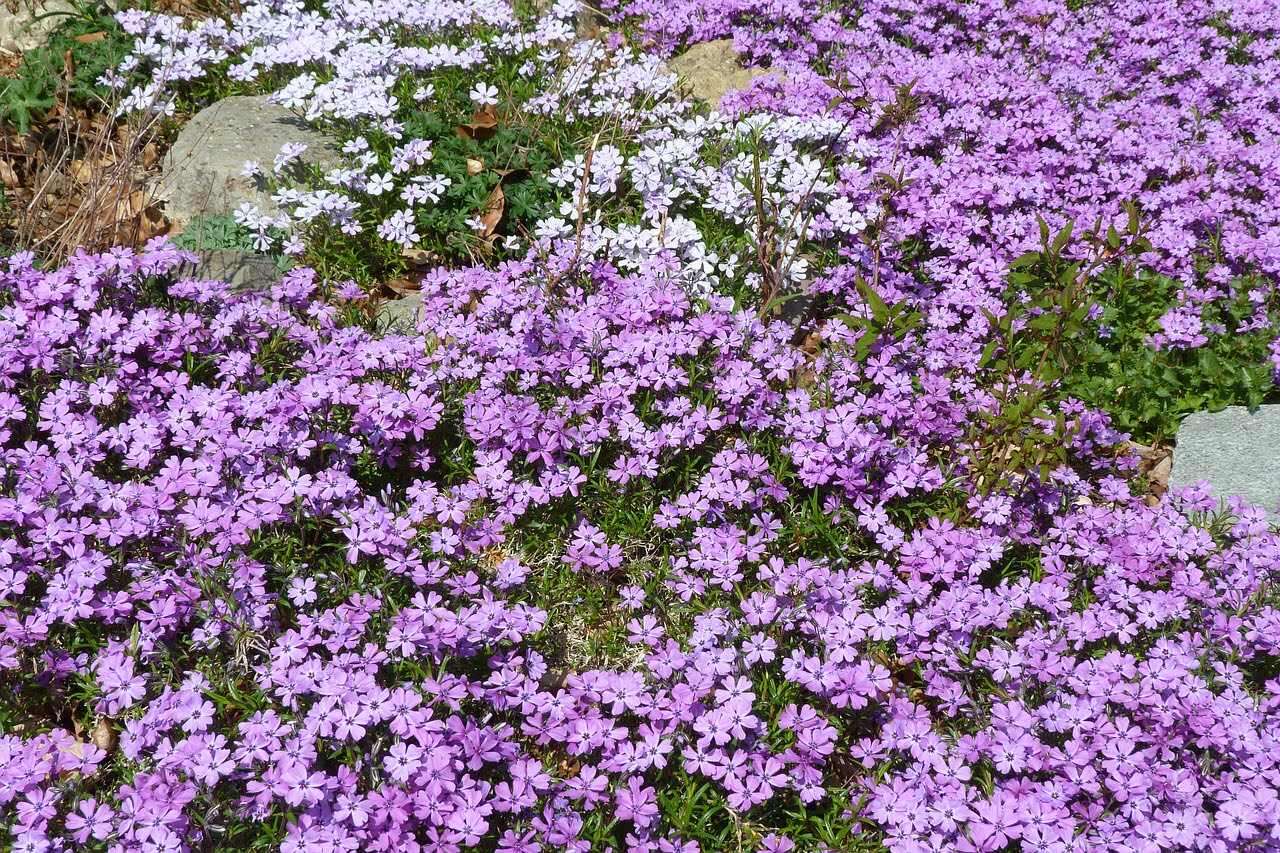
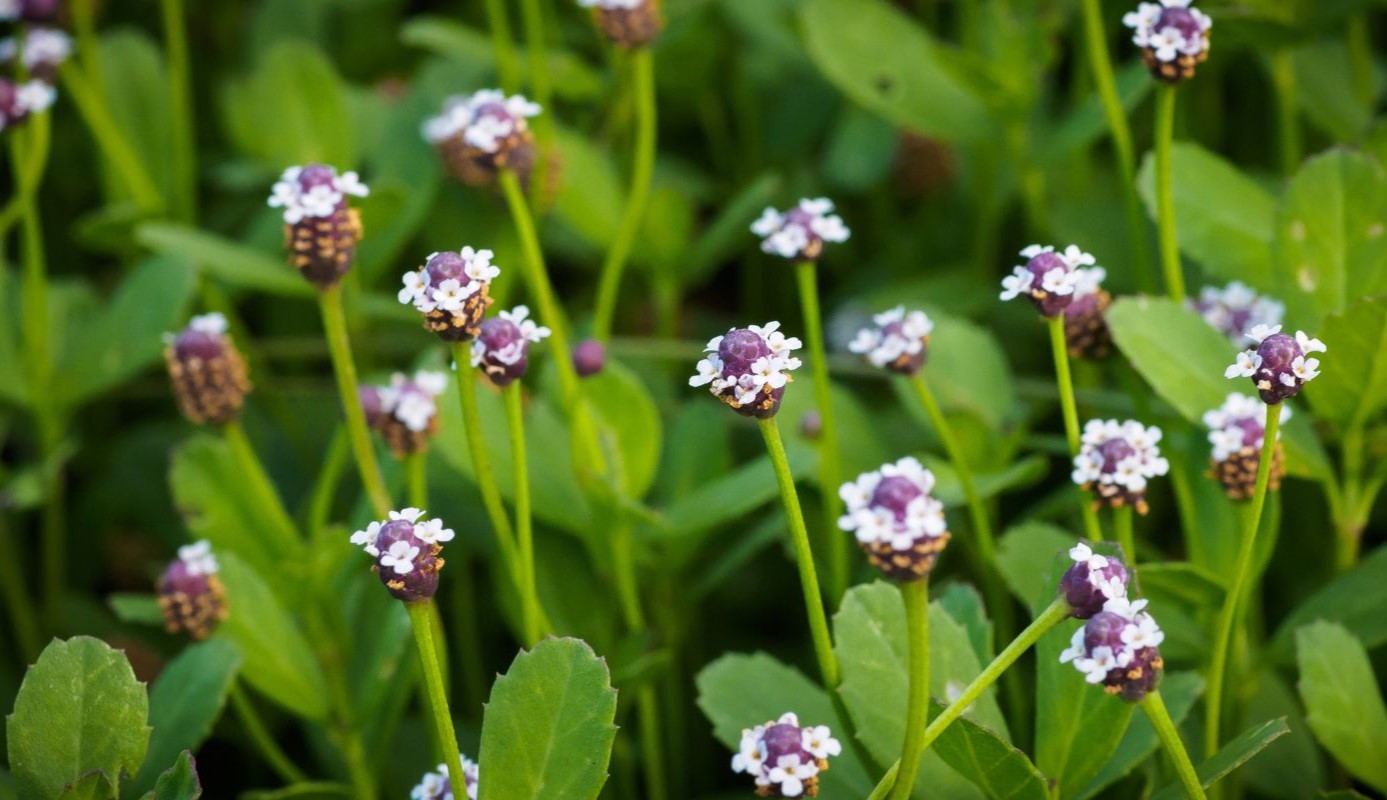
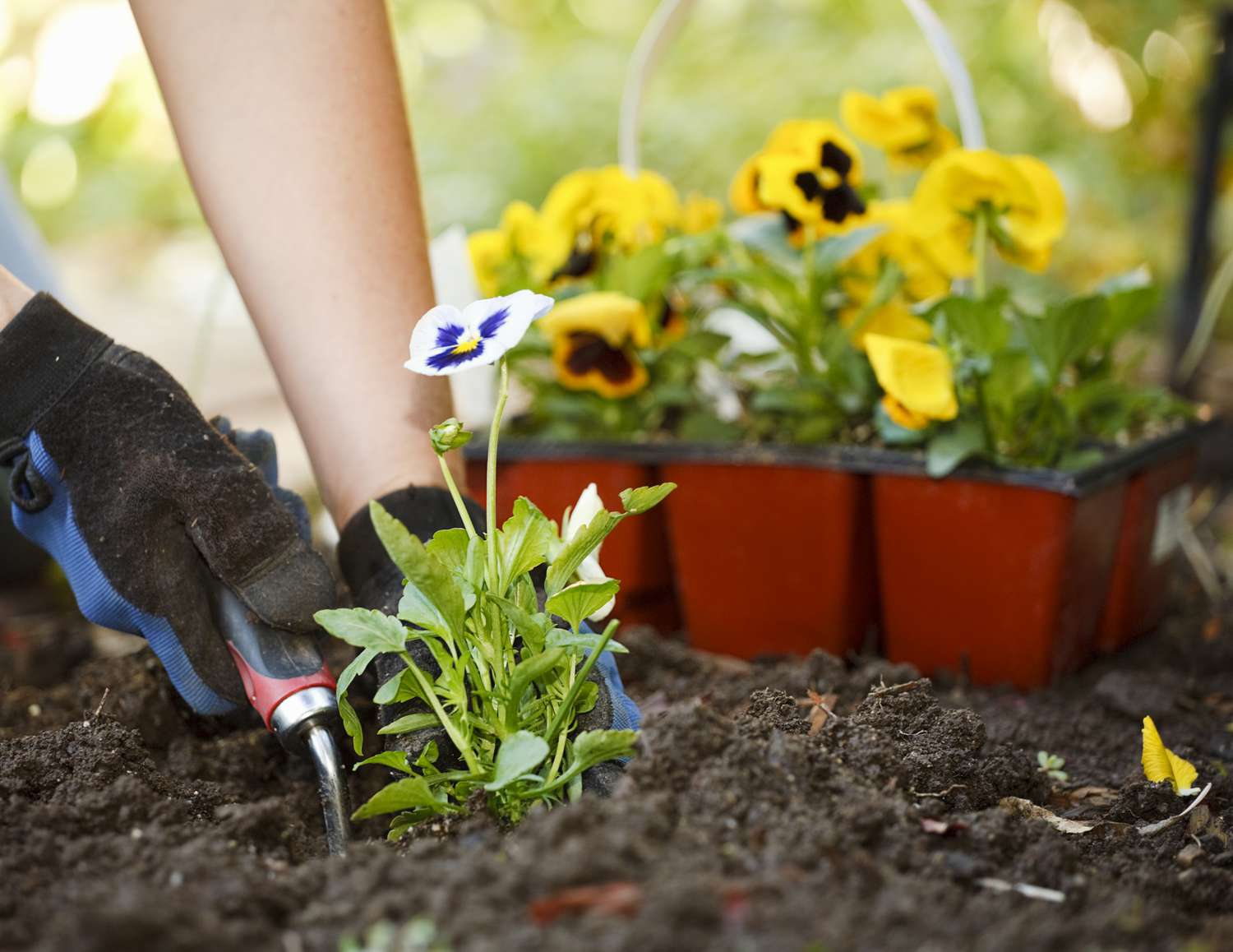
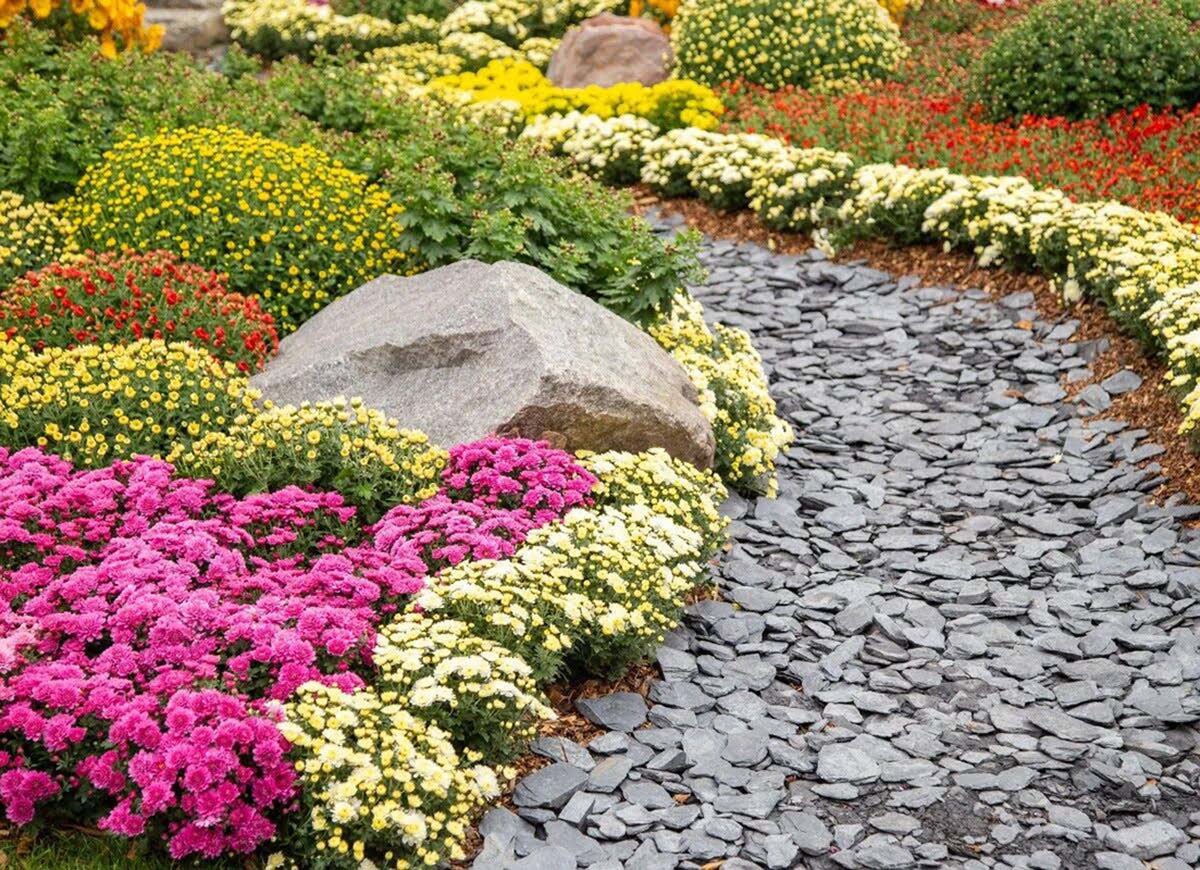
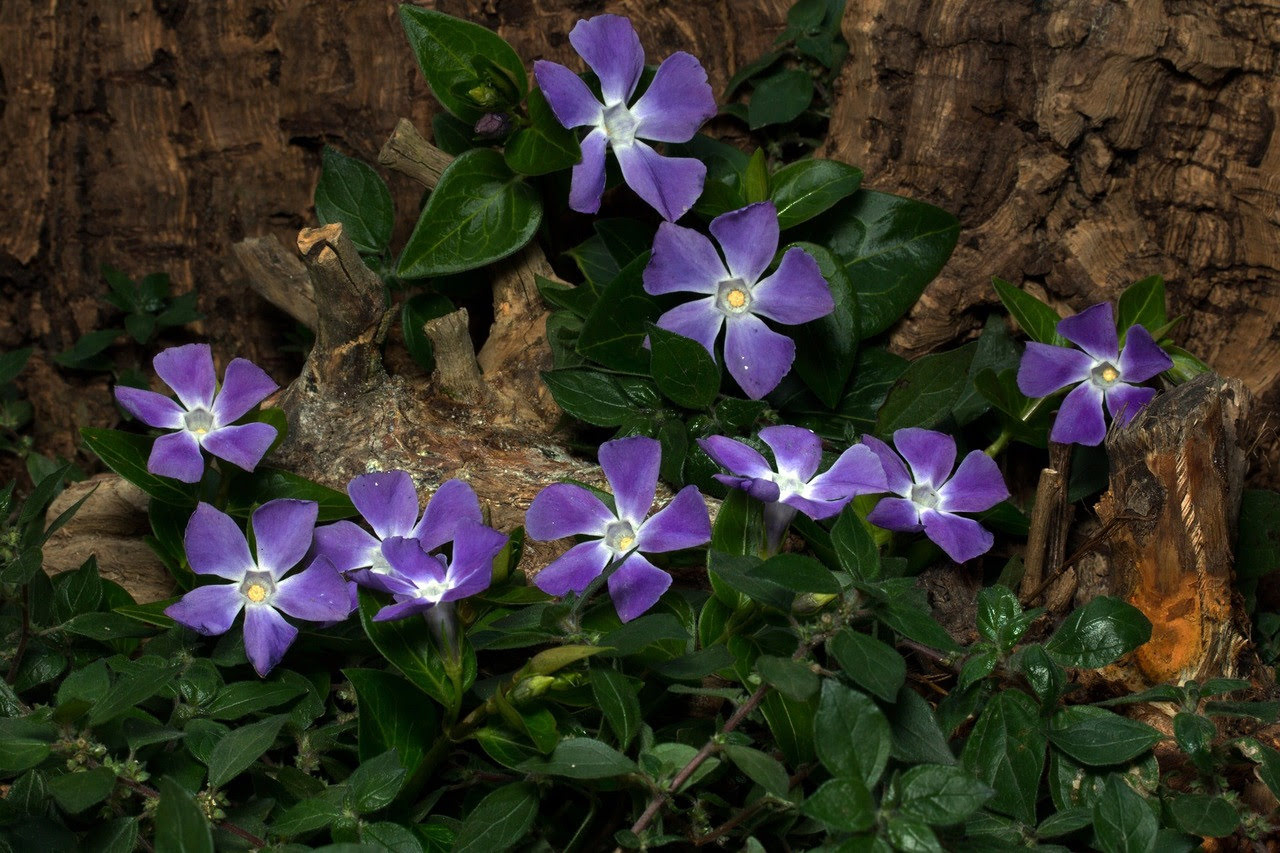
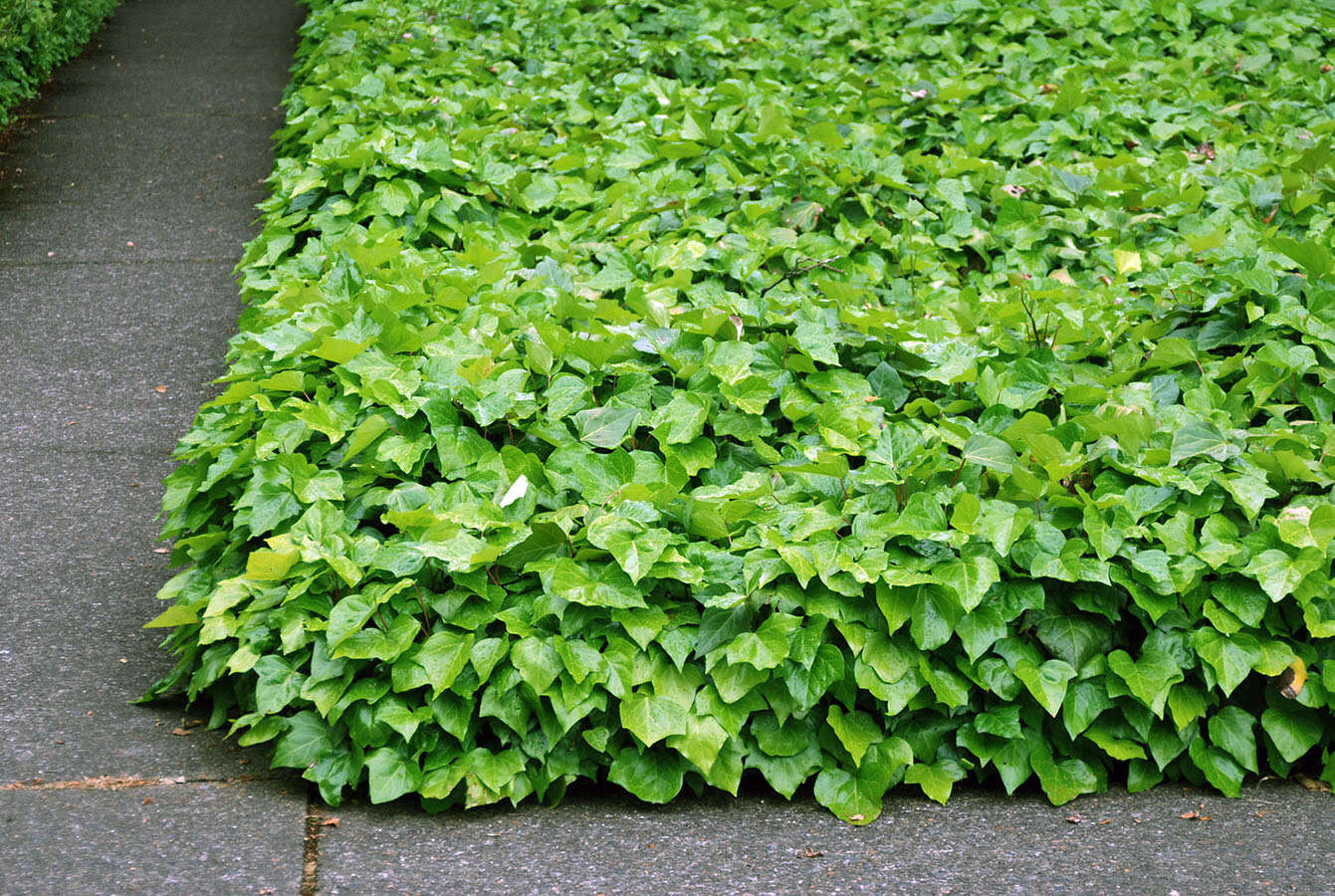
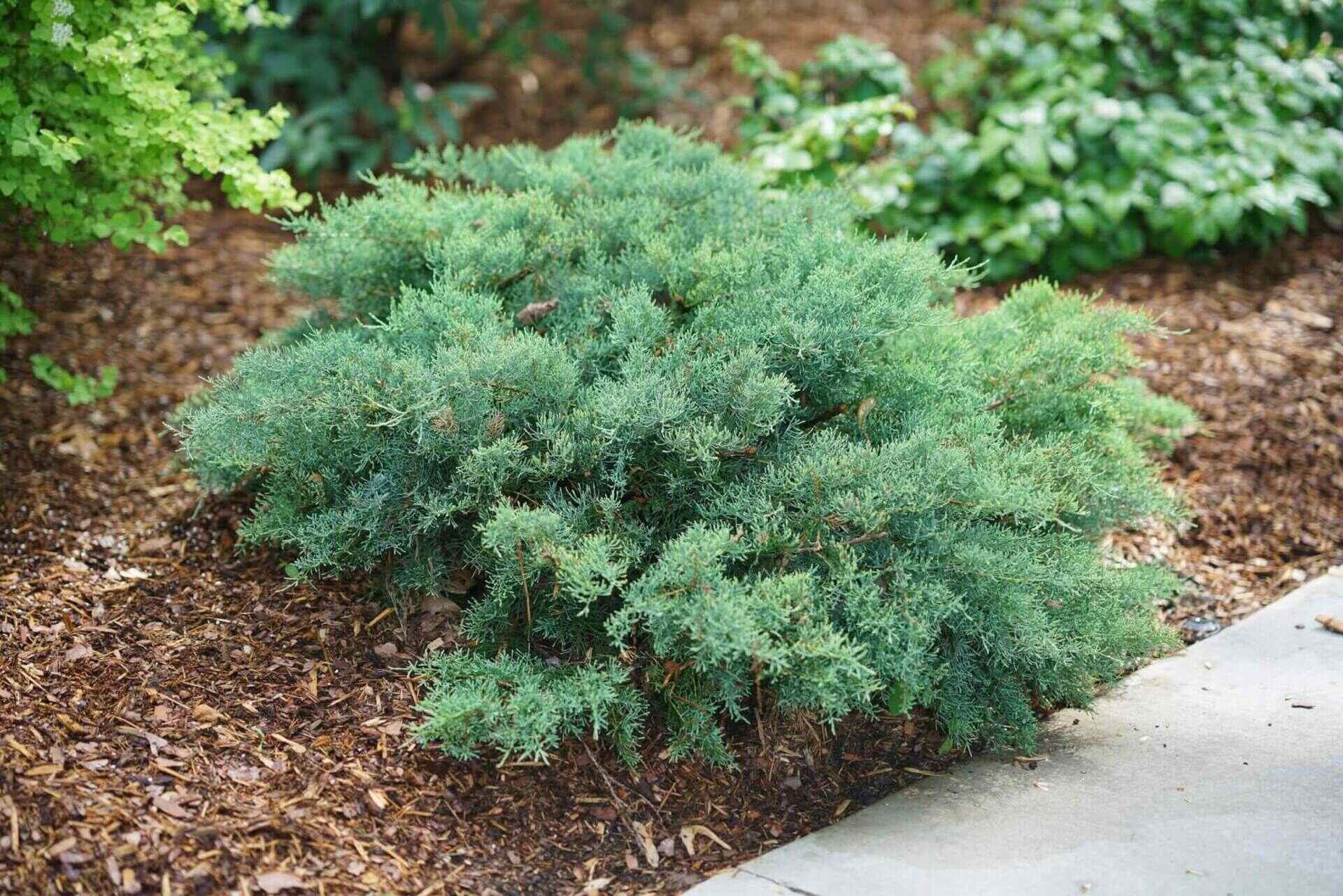

0 thoughts on “Septic Wooden Box: What Low Maintenance Ground Cover To Plant”